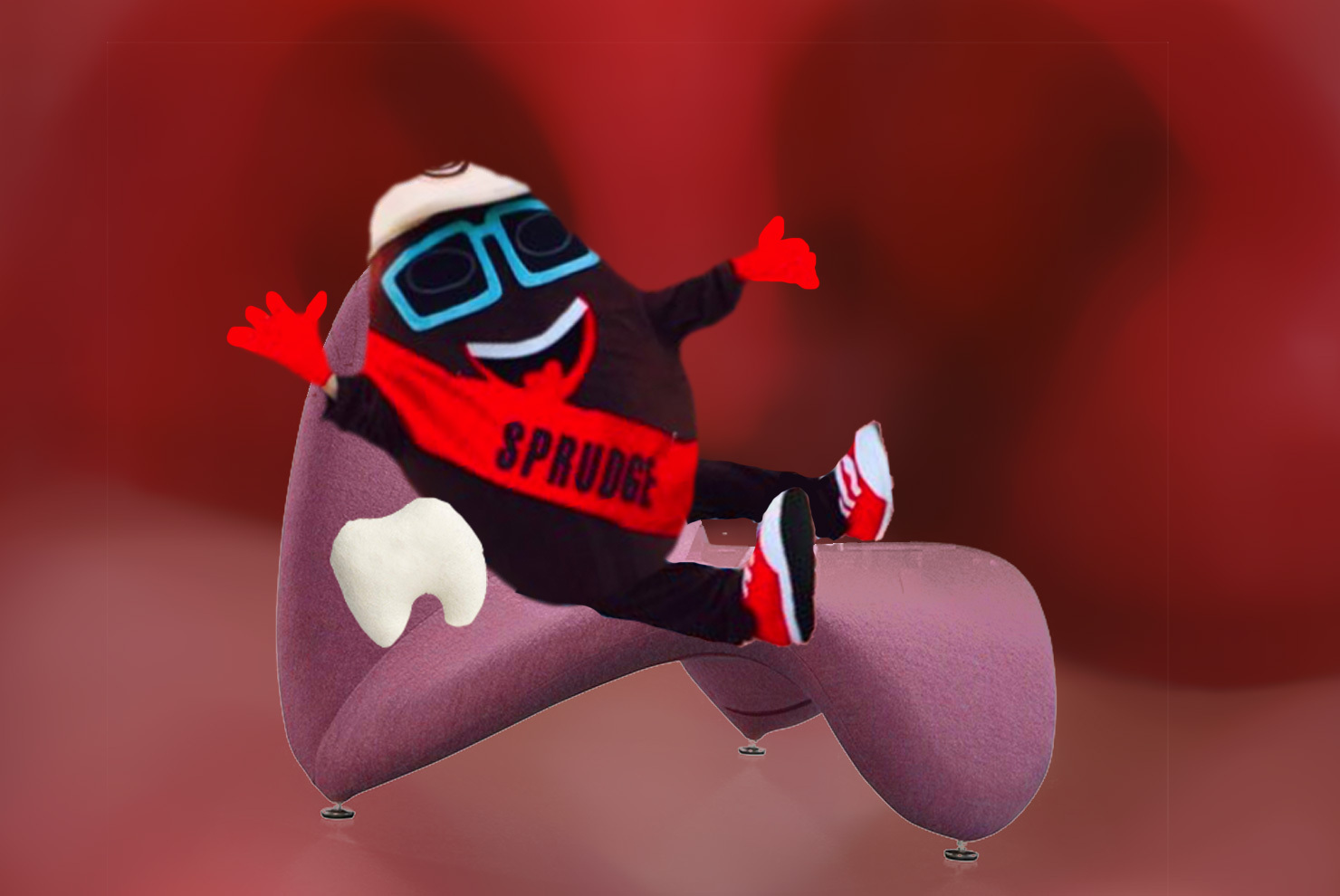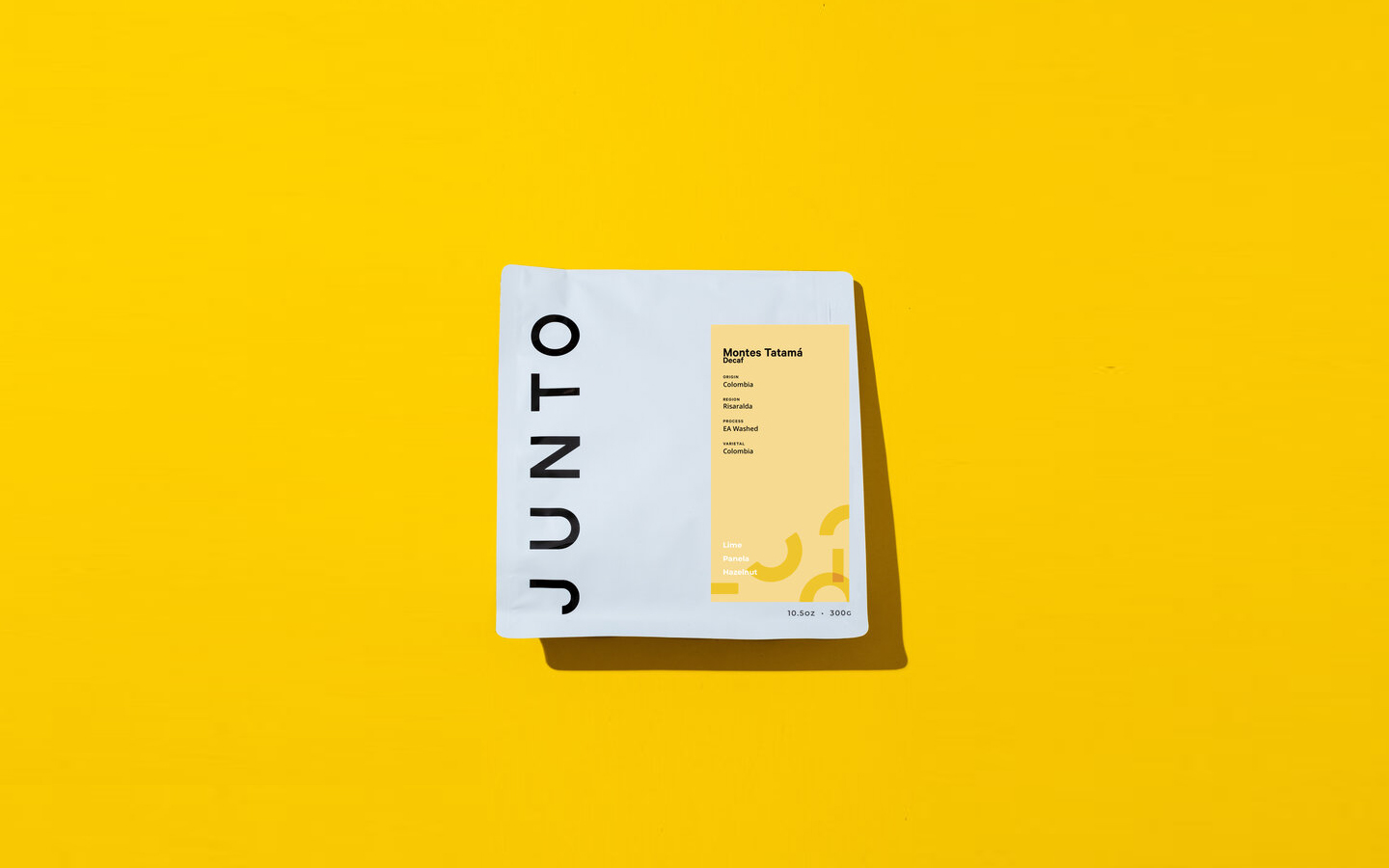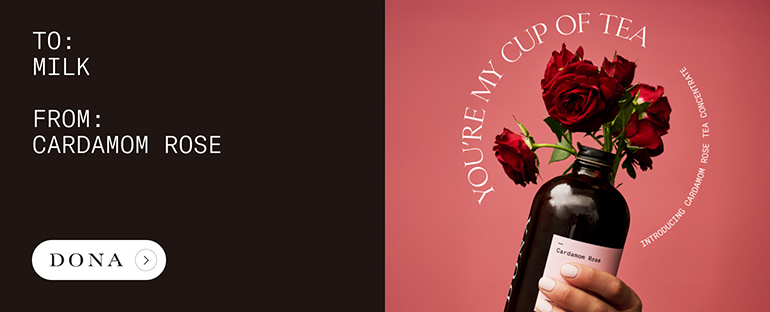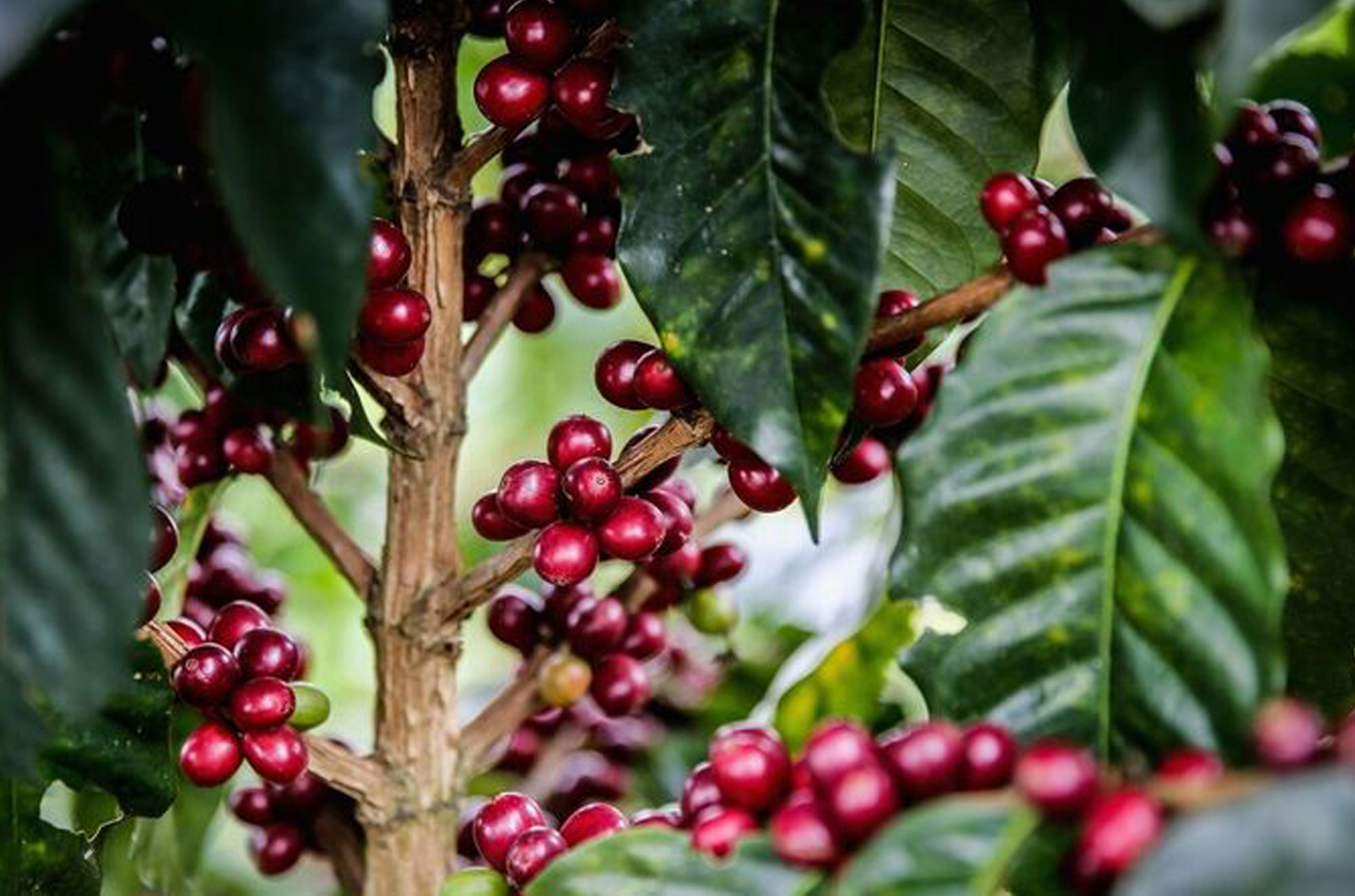If you’ve ever taken a critical approach to drinking coffee—either at a cupping, a tasting, or at home—you’re probably aware of the concept of mouthfeel: how the coffee feels in your mouth (pretty self-explanatory huh). Is it drying? Does it feel like the coffee coats the tongue? Does it linger? Does it feel heavy? These are all attributes that can describe mouthfeel. We have known for a while what mouthfeel is, but never why it is. Until now, as scientists have uncovered what compounds in coffee affect mouthfeel.
As reported by SciTech Daily, researchers from Ohio State University hypothesized that small molecules in coffee may in fact be what contributes to a brew’s mouthfeel, as opposed to the sugar and lipids “traditionally thought to” affect textural sensations. To test this, the researchers “set out to isolate the compounds responsible for coffee’s mouthfeel by first establishing a descriptive analysis panel.” They began with four coffee that Q graders had ascribed different ratings for body, which would then be broken down into 12 different fractions using liquid chromatography, an analytical chemistry technique used to “separate, identify, and quantify each component in a mixture.”
Eight different expert tasters “skilled in tactile awareness” were then tasked to further rate the coffee fractions using four tactile sub-attributes”: chalkiness, mouthcoating, astringency, and thickness. If a majority of the tasters—five were assigned to a panel for each coffee—found a strong presence of a particular sub-attribute, that coffee fraction would undergo another round of chromatography in order to drill down to the precise compounds at work.
Researchers found that different molecules contribute to different aspects of mouthfeel. Astringency, for instance, was associated with melanoidin compounds created by the Maillard reaction in roasting. Chalkiness is a result of a “novel compound” containing an amino acid. Mouthcoating was found to be the result of two compounds, 3- and 4- caffeoylquinic acid, which interestingly enough, was more noticeable in small concentrations; the effect was less apparent at higher quantities.
Presenting their findings Tuesday, August 24th at the fall meeting of the American Chemical Society, researchers believe these findings may eventually help producers create better coffees as well as give tasters means to describe certain attributes. Per SciTech Daily, the team behind the study want to turn their attention to the presence of mechanoreceptors in the tongue that would detect these compounds. They also want to examine how growing conditions and roasting temperatures affect the compounds.
So good news everyone, soon enough you’ll be at a cupping where someone will inevitably say, “the melanoidin compounds in this one are a little high, but the 3- and 4- caffeoylquinic acid is quite lovely.”
Zac Cadwalader is the managing editor at Sprudge Media Network and a staff writer based in Dallas. Read more Zac Cadwalader on Sprudge.































